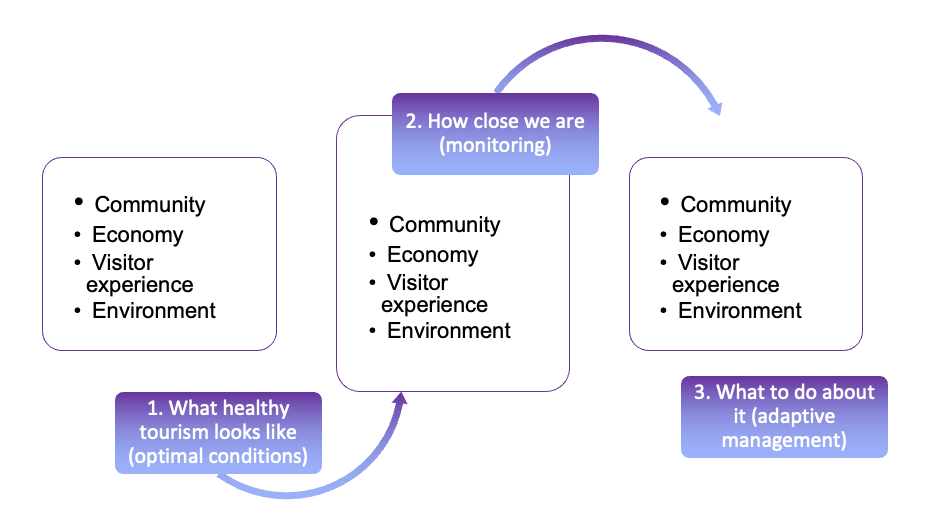The Bazaruto Archipelago National Park (BANP) was created to protect dugong and marine turtles, and their habitats. The islands’ flora and fauna, coral reefs and marine birds were also included in the Park. The archipelago has about 5,000 residents in seven communities. Resources may not be sufficient to maintain the population, leading to decreased catches of fish, reduced harvests and increasing poverty and food insecurity. The BANP has a programme guided by Mozambican law to assist develop local communities.

The BANP receives approximately 21,000 visitors to the park annually, and it is likely that these numbers will increase. The Park has several hotels promoting high-value, low-impact programs. The hotels make an important contribution to the local economy through employment and tax revenues.
The health of the local community is dependent on a healthy tourism economy, which is dependent on a healthy visitor experience, which is dependent on a healthy natural environment. If we have a healthy community, economy, visitor experience and environment, for our children and their children, then we are sustainable.
Tourism in the BANP needs a healthy environment and healthy and happy local community. The community can benefit from tourism though more employment, creating their own businesses, and accessing more goods and services that we need.
SMA Tourism were initially asked to develop a carrying capacity for the marine park. After detailed discussion, it was agreed that a carrying capacity model, while appealing for its simplicity, was not going to work, for all the usual reasons, including that impacts were caused more by certain behaviours than the number of visitors. So we developed a Sustainable Tourism Model for the protected area instead.
A model is like a plan that is continually updated. A model continually tells everyone how healthy tourism is, and if anything is not so healthy. Most importantly, if something starts going wrong, a model suggests what we could to do to quickly fix the problem. A sustainable tourism model (STM) is like a living, constantly adapting plan. An STM is designed to simultaneously manage tourism to create a healthy community, economy, visitor experience and environment. The three parts of the Model we built were
- Simple statements of what healthy tourism in the Bazaruto Archipelago National Park should be based on (which we call optimal conditions)
- A way to measure how close reality is to the desired optimal conditions (which we call monitoring)
- What could be done if reality is outside the desired situation (adaptive management)

The BANP is a challenging area to cost effectively monitor. However, there are a number of nodes where tourism activity, supporting facilities and infrastructure, and potential tourism impacts, are most likely to be concentrated. These locations are typically known as hotspots, sites where there is known to be significant interaction between tourism and its host environment. Nature based hotspots may be extremely reliant on the host environment staying in particularly good condition. Our first version of the Bazaruto Archipelago National Park STM has a focus on these nature-based hotspots.
We engaged local specialists to help us consult and tune the STM to local conditions. The Park will employ an STM Coordinator to oversee its operation and communicate with stakeholders. The Coordinator would be assisted by an STM Working Group, made up by representatives from African Parks, government, the tourism industry and local government.
African Parks are sourcing the funding to implement the model, and we are assisting with applications.
